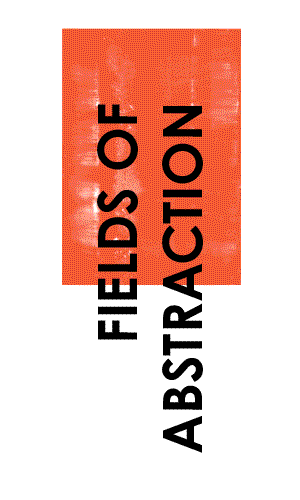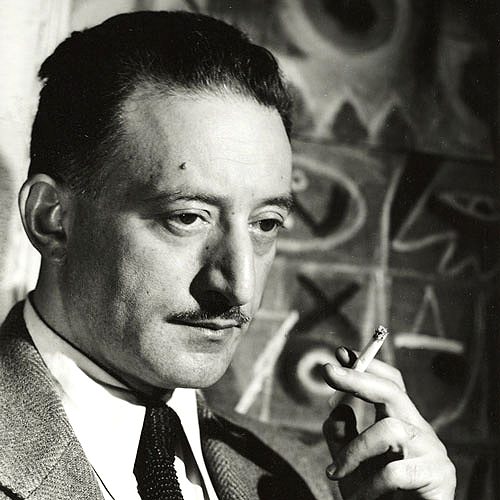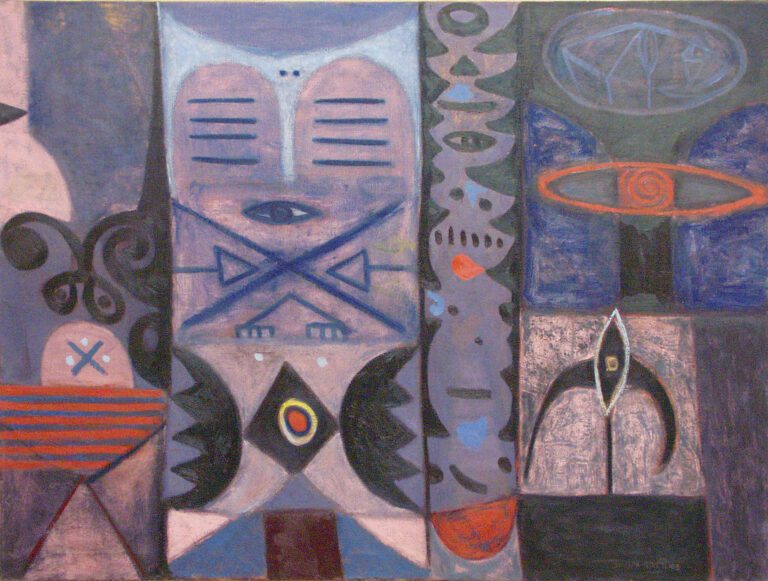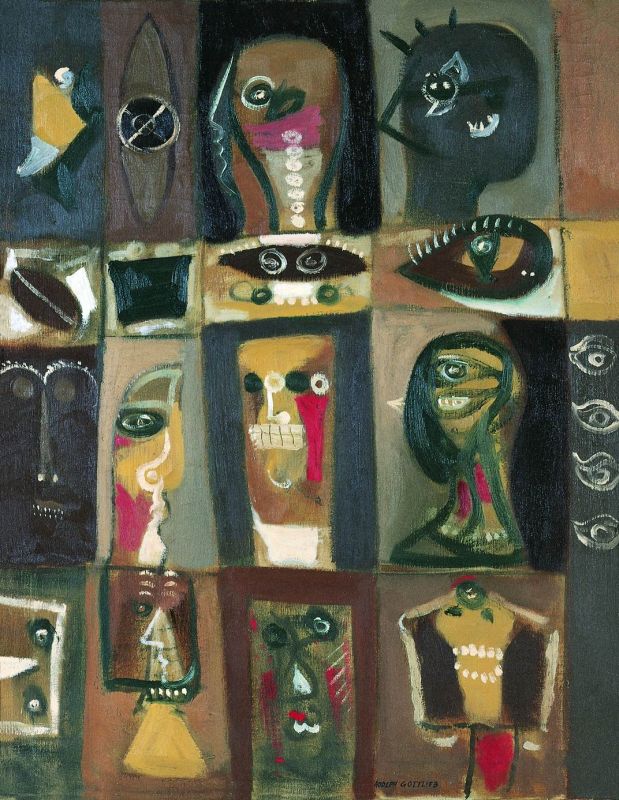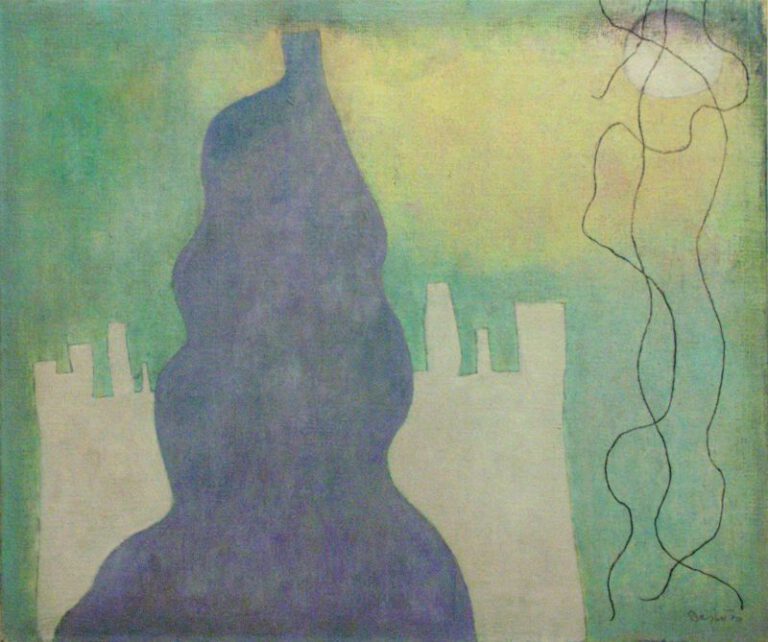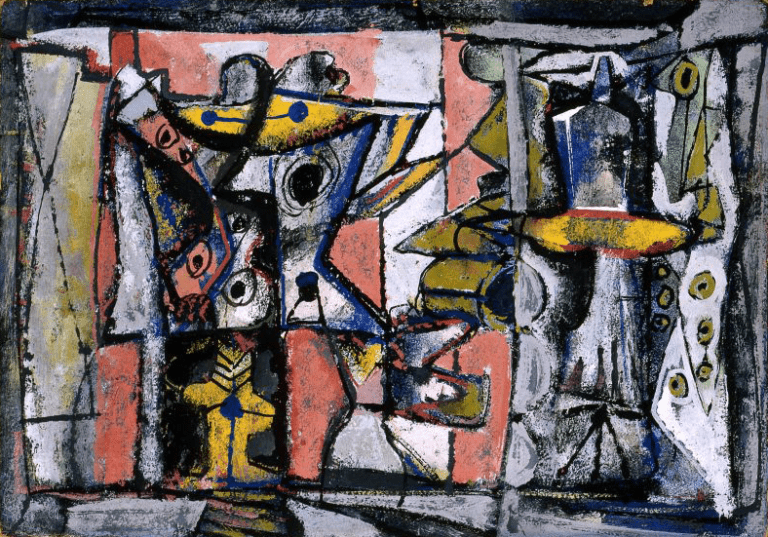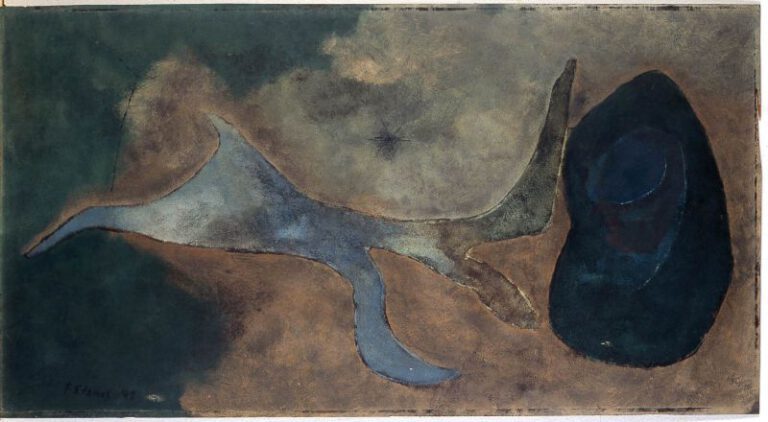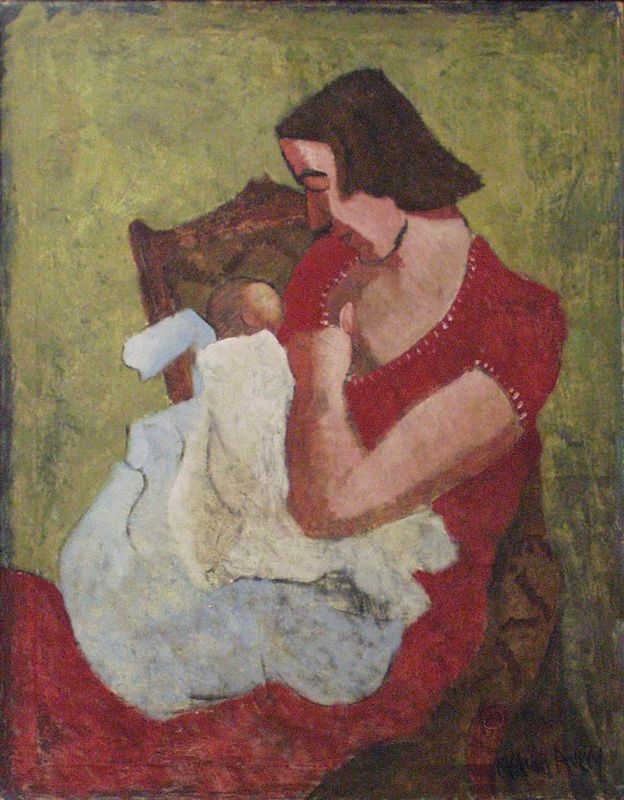Although his early works were influenced by the stylized figuration of Henri Matisse and Milton Avery, Adolph Gottlieb eventually became a prominent member of the first generation of Abstract Expressionists. Gottlieb drew on three modernist traditions: Influenced by Expressionism, he felt free to distort form in order to achieve emotional intensity; Cubism guided him in the structuring of space; and Surrealist automatic drawing and the psychological theories of Sigmund Freud and Carl Jung led him to delve into the unconscious and incorporate symbolic elements in his work. Gottlieb was one of the first artists of the New York School to adopt elements of non-Western imagery. In the 1920s he began collecting tribal art, aspiring to associate his own work with an early period in human history. “To my mind certain so-called abstraction is not abstraction at all. On the contrary, it is the realism of our time.” His distinctive “pictographic” style incorporated mysterious and mythological symbols.
In the 1950s, Gottlieb’s paintings underwent significant transformation as he abandoned the grid, simplified his forms, and greatly increased the scale of his canvases. From 1957 until his death in 1974, Gottlieb produced his signature vertical paintings, collectively known as the “Burst Paintings.” The common motif of these works is a sun-like orb hovering above calligraphic marks. In Tangent, a diffused green halo of thinned paint encompasses a black hard-edged ovoid that hangs over an explosion of brushstrokes in the lower zone of the painting. Gottlieb created the dark mass at the bottom by pouring the liquid medium onto the canvas while it lay face up on the floor and then pushed the pigment out from the center “pond” with a squeegee. This area was later brushed in order to give it final shape and definition. Both forms float in a blank field that at first appears flat and plain, but on closer examination reveals subtle variations in color and density. It conjures cosmic landscapes, yin and yang symbols, or nuclear mushroom clouds alluding to the threat of the hydrogen bomb that shadowed everyday life in the Cold War era.
Gottlieb said, “I try, through colors, forms and lines, to express intimate emotions . . . My paintings can represent an atomic bomb, a sun, or something else altogether: depending on the thinking of whoever is looking at it.” With their diffused upper orb elements, gestural automatist black explosions, and archetypal wars of opposites, the Bursts bring together the two poles of Abstract Expressionist painting – Color Field and Action Painting.
Adina Kamien
